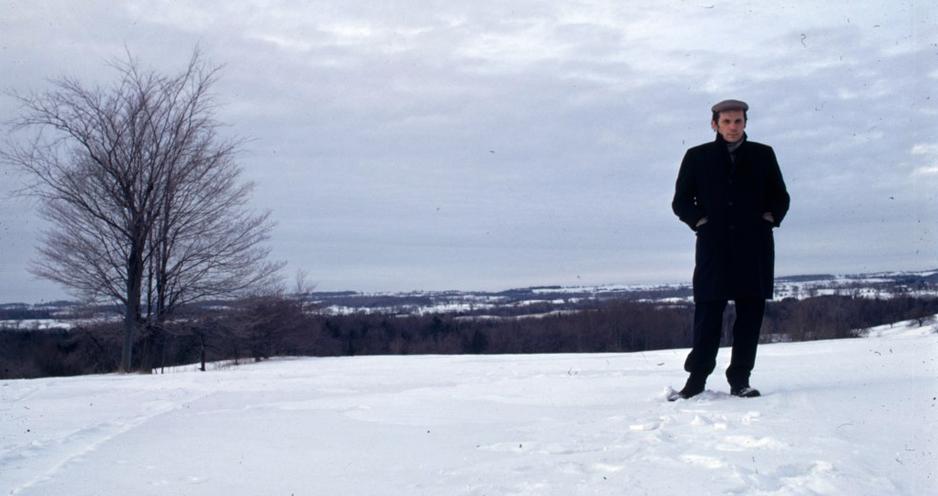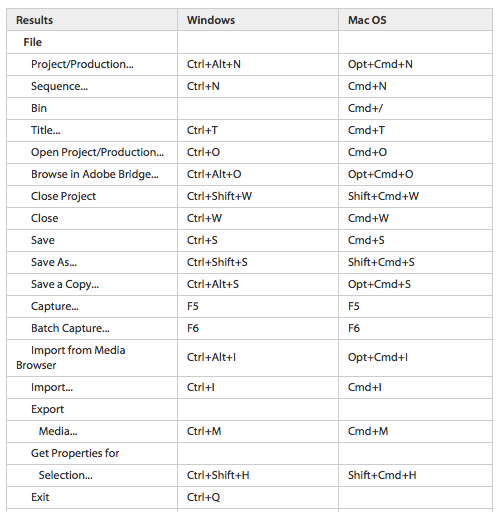Please write constructive comments/reviews of the films you saw. It can be just those you loved the most or intrigued you the most.
Budgerigar
It was clear that every detail was technically and creatively thought out in Budgerigar, from the crisp focus of the images to the lighting. The settings were aesthetically pleasing, the dining room sequence playing out in front of the artistic mountain looking background – I mean who even has a dining room like that. The acting by both the main boys was perfect, with the brother capturing his annoyingness perfectly. Directing the choice of shots was made well with such shots as the close up of the brother eating the chicken wing eliciting the exact grossness required from the audience. The juxtaposition of lighting from the real well lit dining room of reality, to the darkly lit table of the main character’s thoughts was achieved really well.
My only criticism would be to make the title a bit more understandable for the audience, the first time I watched the film I thought what does that mean, and the director explained to me it was to do with how budgies are obsessed with their reflection, like the main character. For example, there’s a moment where the main character is in the midst of confusion outside and perhaps there could have a budgie outside, and a shot of it in its cage looking in the mirror. However I’m sure if the audience is intrigued enough they will go search it themselves and work out the link, and that’s probably better as you’ve given them stimulus to think about your film after they’ve left the theater.
MILK
Loved Milk. The whole concept was brilliant and the point is it’s not a complex story it’s just a guy that has to get to the Milk bar before it closes. Therefore what the story is driven on is character, and the group did a great job in casting to get a main character with his every move having the potential to be comedic. The film was full of little creative choices that added to the finished product, like the change of screen to have black blocking similar to an action film when the main guy is given the ultimatum of the shop closing and the chase down the alley way on the scooter was genius. Because it’s not a long film the little moments have to have resonance, and they did, like when the main guy is on the scooter and the jogger passes him with the choice of music adding an overall pace and a playful quality to the film. The only constructive comment I can give is that perhaps the title credits were a couple of seconds too long, I understand the comedic reference being achieved but I remember looking away from the screen at something and then looking back and was like wow they’re still on.
Cursed
Really smart concept to have a guy who can only rap to talk. The rapping part kept authentic and had some really funny parts, and appropriated how different rap is to normal speech. I liked that the whole scene took place in the house environment which helped with the comedy of the piece, but felt it ended a bit awkwardly with the main character on the phone while he sat in the kitchen; perhaps he could have gone to check the mail box or something to get into a different space where he could have received the phone call.
THE HOLE
The beginning of the film in black and white created an art house aesthetic. The main character was great, and the costume of him in swim trunks on the beach was good comedy. The concept was awesome, and the ending was really well tied off with another hole being dug to capture another potential love interest.
Granny Theft Auto
Being in the same class as the Granny Theft Auto group I kind of watched the whole process of the production as it unfolded and have to say the whole film turned out great. The casting was perfect, with the Italian Nonna old enough to get confused by the cars, but also young enough to allow her to have this authority over the other characters and the screen. The three male actors articulated their rascal, ill-behaved boy characters greatly with a fair amount of language but also in the mannerisms they conducted themselves with. The comparison between cars scene juxtaposing the boys car to the Italian Nonna’s car was well done, and that pan from the boys car to the Nonna’s with the realisation of what’s happened was aided with the sticker with ‘I love Italy’ on the back. Sometimes the audio from characters gets a bit hard to hear with the surrounding noise taking prime, but this is a minute criticism that could be excused with, “its flour for the pasta!”
The Chase
Having seen the rough cut of The Chase, I couldn’t help but think of the alternative ending when viewing the film in the theater. In the rough cut ending we see the man approach the girl to give her the necklace she dropped before she started to be ‘chased’. The group had a big decision on whether to make the film end on the girl getting the necklace to realise it was a misunderstanding, or to finish in the crucial moment when the man spots her and leave the ending ambiguous. At the time I believed the ambiguous ending was the way to go, as the drama build up calls for something more than a misunderstanding, however watching the film in the theater I wonder whether having the ending of the shown film then showing the title and credits, and then the original ending of the man giving the girl the necklace would have been an option. That way the audience assumes the end of the film and has the credits to think about what happened, but the final scene shows how majority of the time fear is built up in our minds when there is in fact no danger.
‘Sliced’
To re-work an addiction through the everyday and mundane product of bread was really smart, by doing this it allowed the audience’s pre-existing knowledge of that spongey white bread (I’m sure many of us remember squishing with our hands at school lunch) as an innocent ideal, to be contrasted in the hands of an obsessed main character. In doing this the group achieved an alternative approach to the well covered issue of addiction. The scene where the main characters in the alleyway with his little glad bag of white bread was great, with the dark costume and lighting adding to the ideal he is doing something wrong. The scene where he goes to visit his mum was good to show his isolation in the midst of obsession, and how he was pushing the ones he loved away in the process, but I just found the shot a little awkward. Thought the scrunched up bread packet slowly unraveling at the end to metaphorically show the slow takeover of bread on the characters life was clever.
Coffee & Pi
Really cute film that achieved it’s aesthetic through little mathematical comments on screen and music that mimics the steps and pacing of solving a maths equation. The moment where the main character flies the paper airplane towards the table for the male waiter to pick it up was great, adding some good comedic breadth in the midst of the main character’s confusion of the maths equation and plight for the girl. The end was kind of predictable, but that just could be because I’ve watched way too many relationship movies, but in saying that I don’t think another ending would have surpassed.
Shelter
One element that influences the reception context of a film is the audience that surrounds the individual, and this was a big impact for me in Shelter as I didn’t get why everyone was laughing when the guy had the gun until I realised it was a vacuum cleaner wand. The fact that people were laughing made me search for what they were laughing at in the film, and honestly I would not have noticed otherwise, but what it did do was make me appreciate the creativeness of the group. They also did a great job with confining the filming into that small room achieving a vast array of camera shots and angles in the process.





